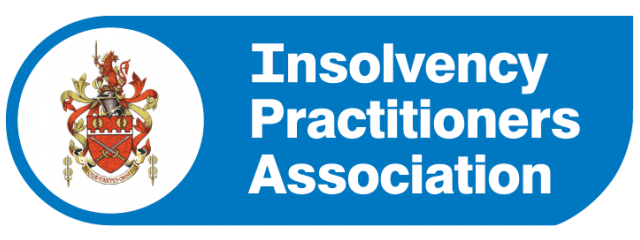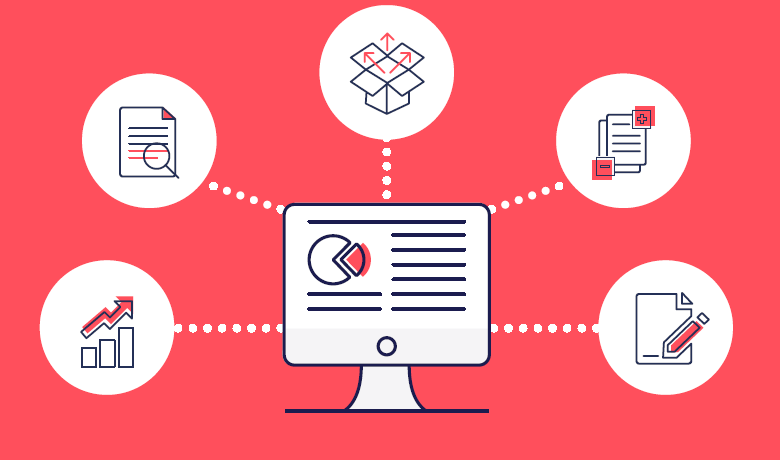How to close a limited company
Are you thinking about closing your limited company? As professionals in the industry, we recognise just how overwhelming this might be for you. That’s why we’re here to help you understand the process. As well as liquidation services, we can give you essential advice and support. Our aim is to help you decide the best solution to your business’ challenges. The options available will depend on your individual circumstances.
Here, we explore your options and discuss the different factors that might influence the way you close your limited company.
Why do you want to close your limited company?
It’s important to understand that the way you close a limited company depends on many factors. Including whether you’re closing because you can no longer pay your debts, or because the directors of the company have simply agreed on the closure. So first off, ask yourself this question: is your company solvent or insolvent?
What’s the difference between a solvent and insolvent company?
A solvent company still has assets after all its debts have been paid. In these cases, it might be that the company’s directors are retiring, or want to step down from the business and nobody wants to take on running it.
An insolvent company, on the other hand, is unable to pay its debts. It’s not always clear which bracket your company falls into. Our experienced industry professionals can help you determine the answer.
Is your limited company solvent?
If your company is solvent, you have two options:
- You can get your company struck off the Register of Companies
- You can start a Members’ Voluntary Liquidation
Applying for voluntary strike-off
To get your limited company struck off the Register of Companies, you need to submit a DS01 form. Before you do this though, it’s important that your company:
- Has been inactive for at least three months
- Has ceased trading
- Has carried out a limited range of activities, including the likes of settling any debts
It’s worth noting that if your company has retained a high amount of profit, then applying for voluntary strike-off might not be the most tax-efficient option. Instead, you might want to consider Members’ Voluntary Liquidation (MVL).
MVL
An MVL involves closing down a company and then distributing the assets to shareholders as cash. This is the main difference between MVL and applying for voluntary strike-off, as it can mean a much lower tax bill at the end of the process.
If you do decide MVL is the right option for you, you must appoint a professional Liquidator, who must be a Licensed Insolvency Practitioner, such as the specialists here at Liquidation.co.uk. For more information on MVL and the process involved click here.
Is your limited company insolvent?
If your company is insolvent, any decisions that are made going forward should be in favour of those you owe money too and getting your debts paid, rather than your business.
- You can put your company into administration
- Arrange Creditors’ Voluntary Liquidation (CVL)
It’s important that you recognise you’re not alone when facing insolvency. Our team is here to help you understand which option is best for you and your company.
The administration process
In short, company administration involves an Insolvency Practitioner – who is appointed as Administrator – to restructure a business, with the main aim being to turn it into a profitable company, sell the company or wind up and liquidate the company.
The main aim of company administration is to rescue your business, not close it. While CVL leads to the closure of a business.
CVL
A CVL is the best way to maximise returns for creditors. However, a CVL can only happen if 75 per cent of shareholders agree to the winding-up of the company, which will pass a ‘winding-up resolution’.
If you feel CVL is the best option for you, then get in touch with our team. You will need to appoint a licenced insolvency practitioner, who will take charge of liquidating your company.
The pros of CVL are that your employees might be able to claim redundancy pay if they are eligible and this process will avoid you going to court.
Are you thinking of closing your limited company?
If you’re thinking of closing your limited company then get in touch with our friendly team. We are here to listen to you and discuss all of your options with you. Together, we will ensure you are making the best decision for you and your company.
FAQs
How do I know if my business is insolvent?
To determine if your business is insolvent – as a limited company, sole trader or partnership – you need to look at your cash-flow and your balance sheet.
Does your cash-flow show that you have enough to pay every debt on time and in full in the foreseeable future? If not, this is a sign of insolvency.
Does your balance sheet show that your assets outweigh your liabilities? If not, this is another sign that you’re in an insolvent position.
As an individual, if you are unable to pay your bills, rent, credit cards or any other personal debt, this is a sign that you are insolvent.
What is the bankruptcy process?
Bankruptcy is a process you can choose to enter, or it can be forced upon you by one or more of your creditors. To begin bankruptcy proceedings, a petition for a Bankruptcy Order is presented to the court. A date will then be set for a further hearing where the debtor will be placed into bankruptcy and an official receiver (a Government insolvency-trained official) assigned to proceed with the bankruptcy.
How can I avoid insolvency vs bankruptcy?
The best way to avoid insolvency is to create a sound plan for your business or personal finances. Whether you’re a business, individual, sole trader or partnership, a cash-flow forecast will help you to stay on top of your outgoings and incoming funds so that you don’t get caught by surprise. We can help you make any adjustments needed to keep a positive balance.
Using a Debt Relief Order or IVA will help you avoid bankruptcy. We’ve outlined these in the ‘Difference between insolvency and bankruptcy’ article above.
What is an Administration?
During a Company Administration your business finances are put on hold to give you time to create a plan to get your business out of debt. A licensed insolvency practitioner will help you arrange better repayment terms for your debts and potentially sell off the unprofitable parts of your business. Another benefit is that it prevents your creditors from chasing you and from forcing a compulsory liquidation by filing a winding-up petition against your company.
What is a Liquidation?
In the case of an insolvent business, a liquidation closes your business and sells its assets to pay your creditors. The most common form of Liquidation in the UK is Creditors’ Voluntary Liquidation (CVL). In some cases, we can use a CVL to liquidate the unprofitable parts of your business and give you the chance to start afresh, without the debt. We call this a Start Afresh Liquidation.





